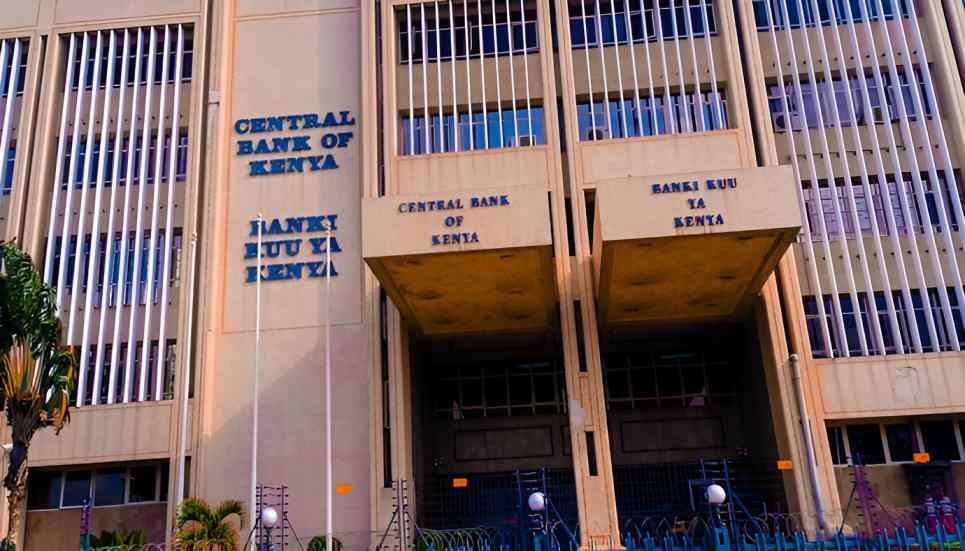CBK dismisses banks’ objections to new loan pricing framework

A central concern for the CBK remains the opacity surrounding how banks disclose and communicate credit information.
A growing policy standoff has emerged between the Central Bank of Kenya (CBK) and commercial banks, following the regulator’s dismissal of assertions that it intends to reintroduce interest rate controls.
In a firmly worded statement released yesterday, the CBK refuted claims by the Kenya Bankers Association (KBA), the umbrella body for lenders, insisting that its April 2025 discussion paper does not advocate for the return of capped interest rates.
Following its public consultation process, the Central Bank of Kenya (CBK) has issued two key clarifications while reviewing stakeholder feedback.
First, it emphasized that the discussion paper does not recommend bringing back interest rate caps.
Second, it clarified that there is no intention to abandon the current monetary policy framework, which is anchored on using the interbank rate as the main operational target.
These remarks come in the wake of growing unease within the banking sector, where some players feared that CBK might be moving towards more stringent oversight of the lending landscape—a space historically marked by tension between commercial banks and regulatory authorities.
A central concern for the CBK remains the opacity surrounding how banks disclose and communicate credit information.
This lack of transparency has played a significant role in keeping lending rates high in Kenya.
The regulator argues that the public’s limited access to clear and comparable loan pricing data has left many borrowers unable to make sound financial decisions, ultimately hindering efforts to boost financial inclusion.
To mitigate this, CBK had earlier rolled out the Kenya Bankers Reference Rate (KBRR)—a benchmark derived from the average of the Central Bank Rate (CBR) and the two-month weighted average of the 91-day Treasury Bill rate.
Under this system, banks were required to set their variable loan rates based on the KBRR plus a margin (“K”) reflecting the credit risk and operational costs unique to each borrower.
The Central Bank of Kenya (CBK) is proposing a new framework that would make the Central Bank Rate (CBR) the sole reference point for setting lending rates.
At the same time, it seeks to subject the "K" premium—an additional risk-based margin charged by banks—to regulatory approval.
This development has triggered concern from the Kenya Bankers Association (KBA), which views the move as a backdoor attempt to reintroduce interest rate controls.
In its formal response, the KBA criticized the CBK’s approach, accusing the regulator of overstepping its mandate.
The bankers’ lobby argued that requiring prior approval for the lending premium would impair banks' ability to assess and price risk accurately.
"Although the CBK doesn’t label this a cap, tying the "K" margin to regulatory oversight and insisting on the CBR as the exclusive benchmark effectively imposes a rate ceiling," the KBA noted.
The association stressed the importance of market-driven interest rates in supporting financial sector expansion and maintaining the overall stability of the banking industry.
It warned that restricting pricing mechanisms could lead to a contraction in credit, especially for riskier borrowers and small and medium-sized enterprises.
This debate rekindles memories of the 2016 interest rate cap, introduced through an amendment to the Banking Act.
That policy limited lending rates to no more than four percentage points above the CBR and set a minimum return on deposits at 70% of the CBR.
The measure came in response to public frustration with prohibitively high borrowing costs.
Despite its good intentions, the interest rate cap had unintended negative consequences.
It weakened the effectiveness of monetary policy and curtailed lending, particularly among smaller banks that found it challenging to operate profitably within the imposed margins.
